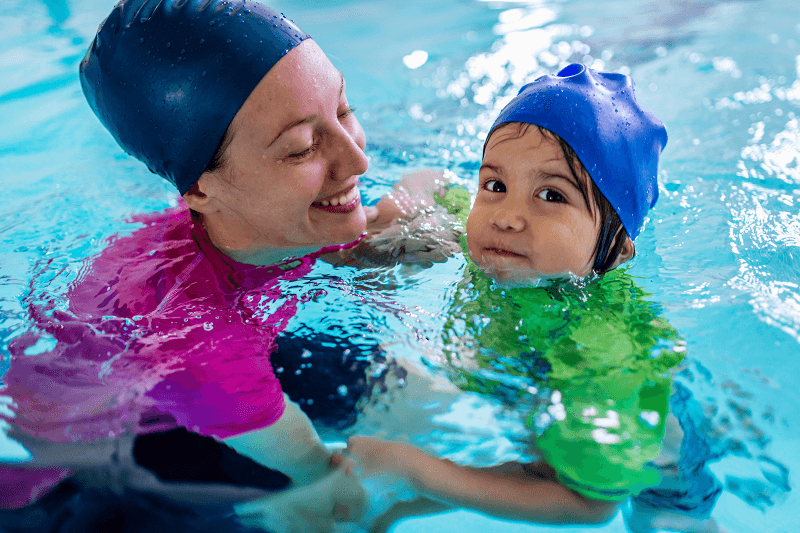Recovery and Treatment for Pediatric Stroke

What is pediatric stroke recovery like?
Prompt medical treatment and rehabilitation therapy can maximize recovery. The type of rehabilitation needed will vary from child to child. In general, younger people recover more abilities than older people.
Whether it’s working with your schedule to meet with different specialists, such as physical, occupational or speech therapy, or creating a more adaptive environment at home, your child’s health care team should support you every step of the way.
As a parent or caregiver, it’s important you receive the proper training and feel empowered to ask questions that will support your child in their recovery.
The International Alliance for Pediatric Stroke’s Pediatric Stroke Family Tool Kit can guide families on their journey after pediatric stroke, including important questions for your child’s health care team.
What are treatments for pediatric stroke?
Diagnosis of pediatric stroke can be challenging, and when delayed or misdiagnosed, lead to worse results. This in part is due to the difference in how a stroke presents itself in children and the risk factors associated with it. Just like with adults, pediatric stroke can result in severe disability or even death.
Treatment for perinatal and childhood stroke can depend on various factors. Your child’s health care team should consider the type of stroke, short- and long-term effects of the stroke and underlying conditions.
Your child may be placed on medication, such as blood thinners, to prevent clots from getting bigger or prevent new clots, or to prevent a second stroke.
Rehabilitation may also be part of your child’s treatment, which can greatly improve their outcomes in the long term.




